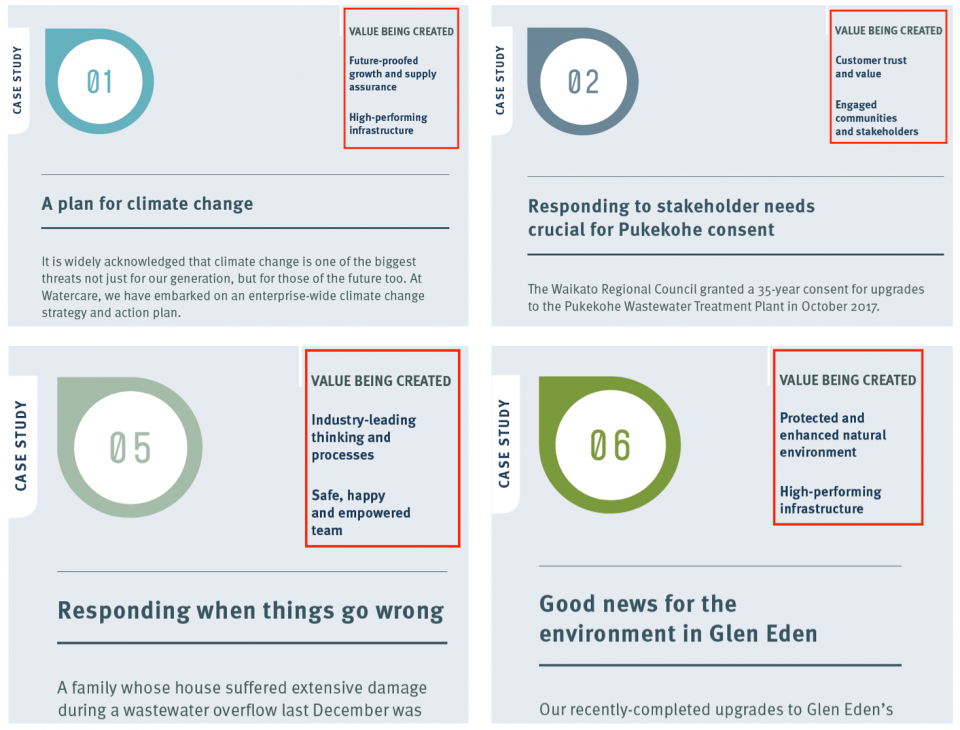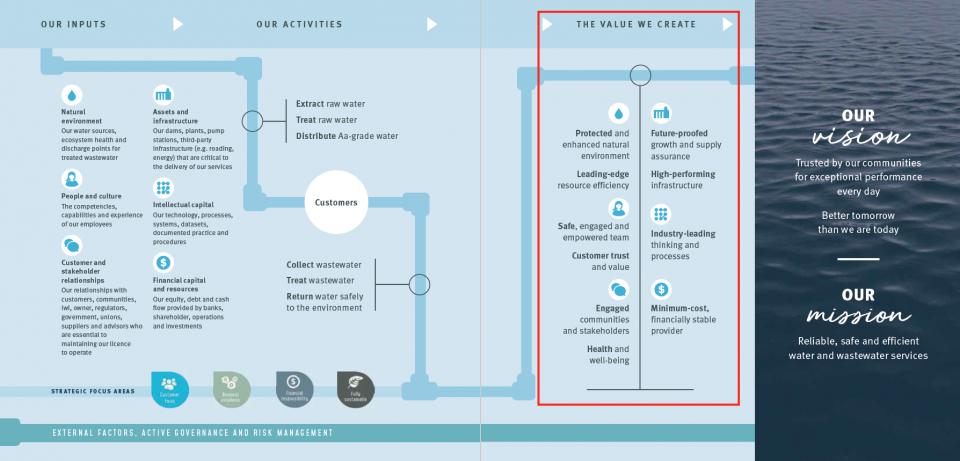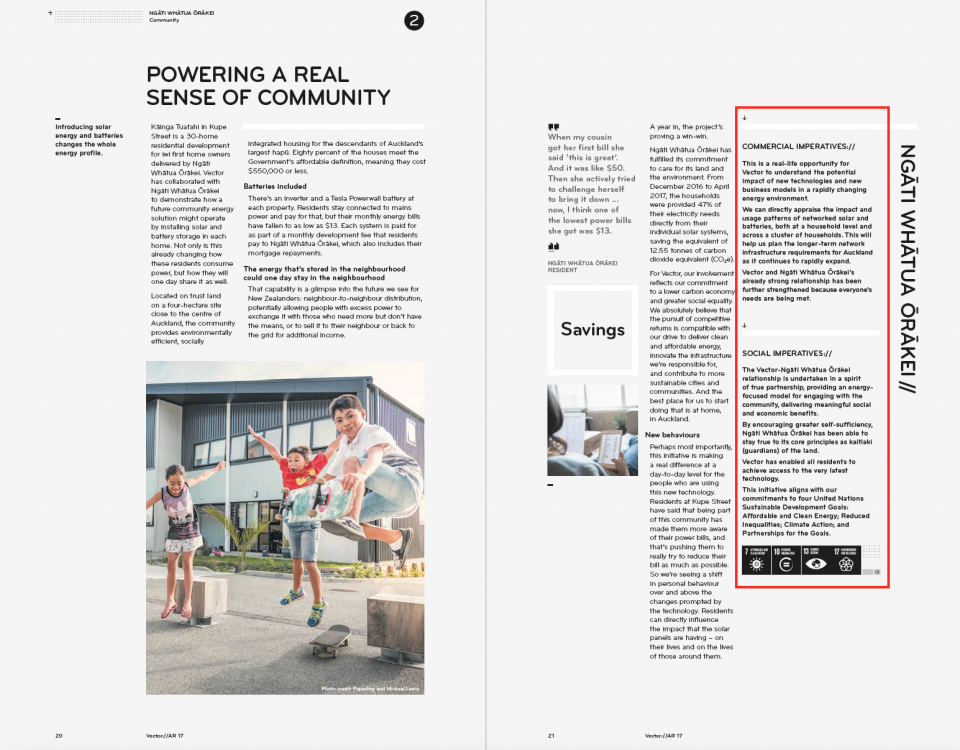It’s one of the core principles of an Integrated Report (). But many clients seem to think it’s one of the hardest. We’ll get to that in a minute – but spoiler alert: it isn’t really.
First, let’s consider why the framework considers it an important principle. Basically, it’s because it’s really not that useful to look at material issues in isolation. There are interdependencies there whether you’ve noticed them consciously or not. And if you can surface these connections and the trade-offs between issues, it becomes easier to understand just how they affect each other. Which in turn influences decision-making.
And here’s that easy way to get started that I alluded to above: in my experience, even if an organisation hasn’t been through a formal integrated thinking process, threads naturally occur and it’s just a matter of using fresh eyes to look at the tapestry to find the sometimes not-so-obvious synergies. Because – credit to your leadership - there’s usually a strategy at play and you can join the dots if you look closely enough.
And while this isn’t as good as being crisply intentional in strategy activation, at least it gives you a place to start if you’re embarking on an integrated reporting journey in an organisation that hasn’t yet got a level of maturity in its integrated thinking.
Most annual reports contain some form of case studies these days. They’re used to illustrate a strategy in action and provide proof points for directional statements. Analyse your case studies. You may be surprised at how many of them tick more than one of your strategy boxes, and impact more than one of your stakeholder groups or desired outcomes.
Once you’ve identified them, surface them and actively join the dots. Explain how the examples deliver on your strategies or help you towards a stated KPI goal. Different case studies can deliver to different goals of course, but you will probably find that some actually deliver to more than one.
Here are a couple of examples from Watercare and Vector which illustrate how we’ve actively helped the reader connect case studies to more than one of the business’s goals and strategies.
Watercare:

Note how each of these case studies reports back to Watercare’s stated strategic goals (highlighted by the red boxes):

Vector:

So, look closely at your in-market activities. You may be surprised that they meet more than just commercial objectives. And take another look at your stories about your people, the environment and the community – you may well find that each meets more than one of your stated strategies.
Having got to this point, you can now start to be more intentional in your non-financial planning, goal setting and KPI measurements. Before you know it, integrated thinking will be happening in your organisation.

